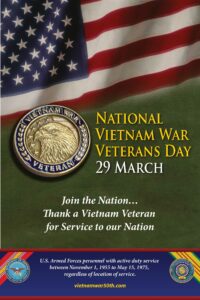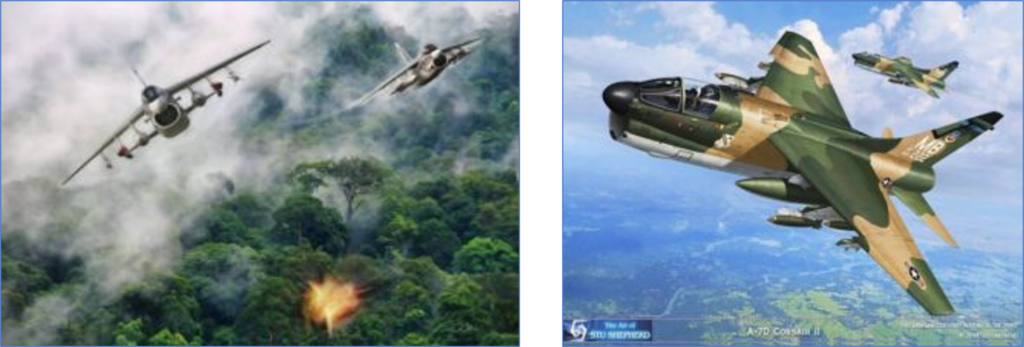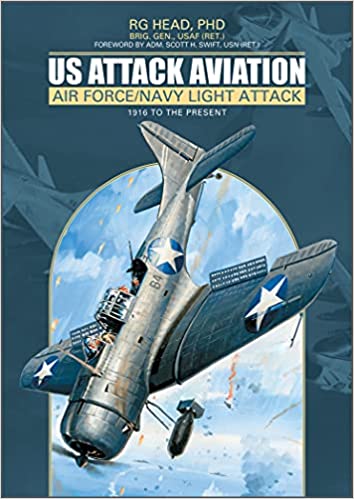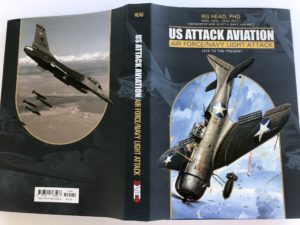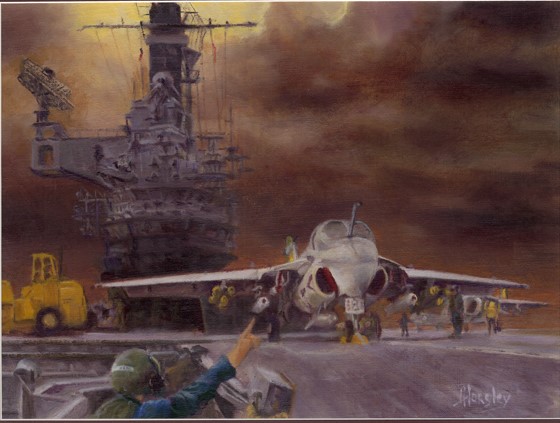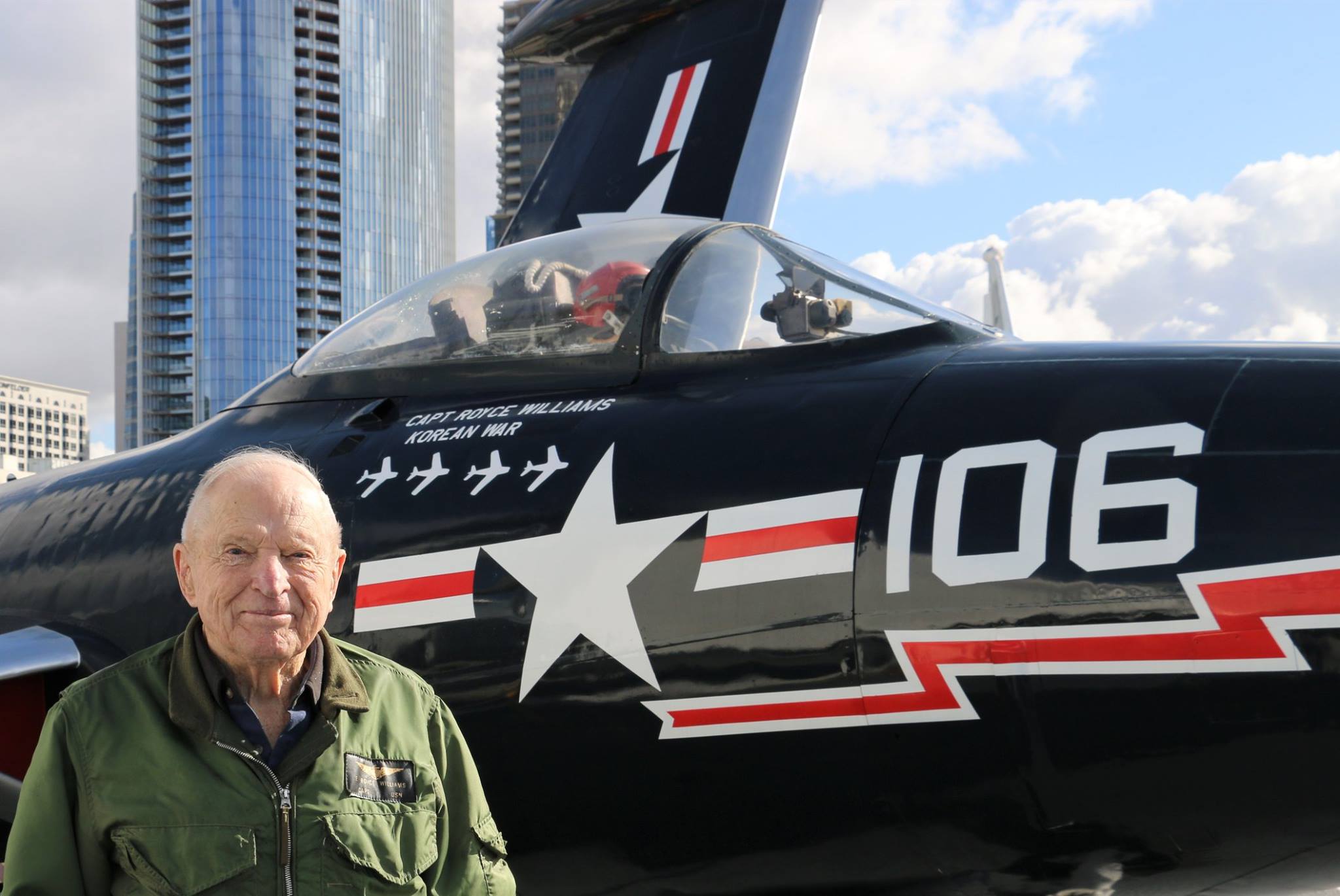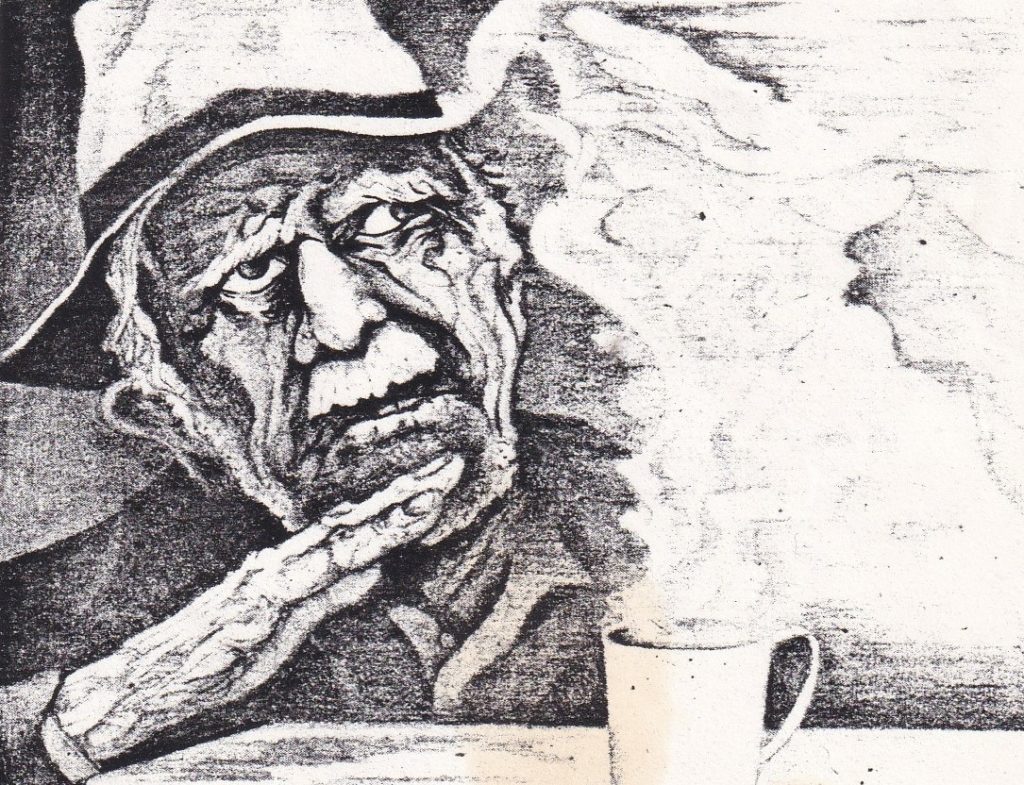Testimony of Pilot #36
I’m 104 and the last survivor of the Battle of Britain – I want to live to 106 to see my crashed plane fly again.
Group Captain John “Paddy” Hemingway is the only surviving pilot of the 2,937 who helped to win the Battle of Britain.
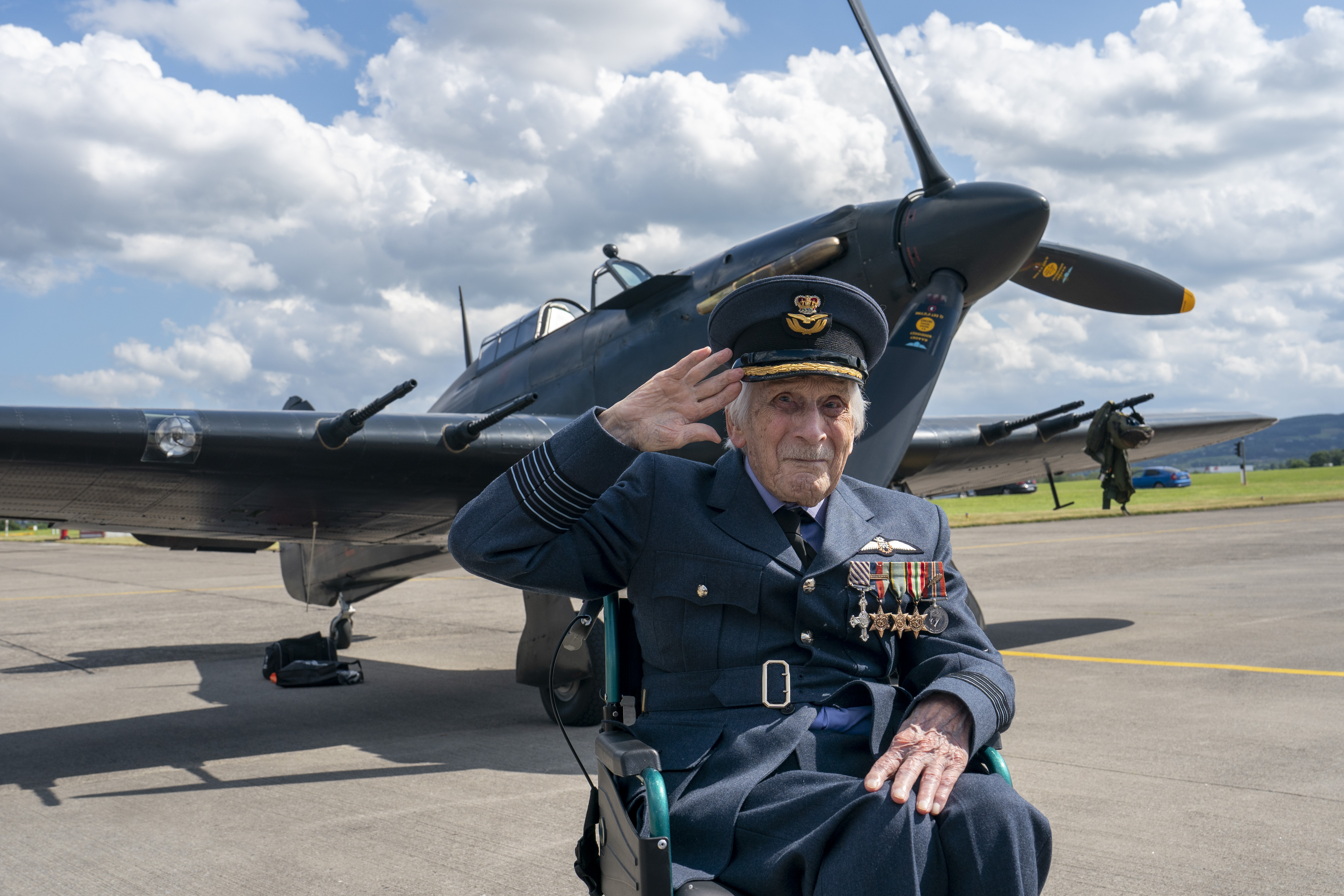
Group Captain Paddy Hemingway.103, is united with a World War11 Hurricane at Casement Air base Baldonnel Near Dublin Ireland Paddy baled out of his Hawker Hurricane over the Thames Estuary After after a dog-fight with German Me 109 fighters. He landed safely near Pitsea his aircraft diving into Fobbing Creek Essex.
“I’m not a great man – I’m just a lucky man.” Continue reading

